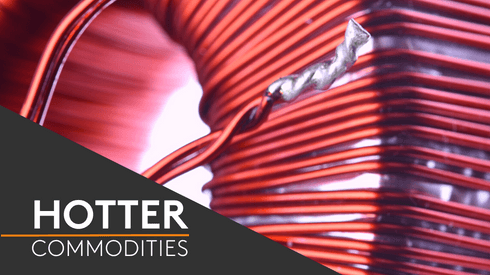This week, Zhongchu Wuxi saw the most stock exit its sheds with 5,587 tonnes.
- Restocking activity ahead of the Chinese New Year holiday (mid-February) coupled with persistent supply tightness was the major reason for such a sharp decline in stock levels.
- The global refined lead market recorded a deficit of 169,000 tonnes year-to-date through November 2017, according to the International Lead & Zinc Study Group.
- “On the supply side, resumption of operations at lead refineries [in China’s] Henan province has slowed down due to recent escalation of air pollution,” Citic Futures Research analysts said.
- “On the consumption side, rising demand from the battery sector is seen ahead of Chinese New Year holiday,” they added.
- SHFE lead prices gave a strong performance in the early stages of this week but succumbed to the profit-taking seen across the base metals complex on Friday.
- The most-traded March lead contract on the SHFE closed the official session at 19,470 yuan ($3,075) per tonne on Friday, compared with a closing price of 19,570 yuan per tonne a week ago.
Copper stocks decline on seasonal restocking
- Deliverable copper stocks at SHFE-approved warehouses dropped 12,027 tonnes or 6.8% week on week to 164,206 tonnes as of Friday.
- This follows a rise of 8,804 tonnes a week ago.
- This week, Zhongchu Wusong in Shanghai saw the most stock leaving its sheds with 6,420 tonnes.
- “The copper import window has been closed for quite a long time, therefore, the market has turned to SHFE stocks in the absence of imported copper,” an analyst from Shanghai said.
- The copper import arbitrage window has been closed since November with an import loss of around $66 per tonne on Friday – import losses for copper had been as high as $205.12 per tonne on December 28.
- “In addition, there has been a drop on copper scrap imports, which led consumers to turn to refined copper cathodes,” the same analyst added.
- China has enforced some restrictions on copper imports, such as cutting quotas and limiting the number of licenses in certain regions of the country, therefore, copper scrap imports have and will be subdued, according to market participants.
- China imported a total of 264,513 tonnes of copper scrap in December 2017, down by 19.8% year on year, according to official Chinese customs data.
- Rising stocks were a headwind for copper prices this week.
- The most-traded March SHFE copper contract price dropped as low as 52,530 yuan per tonne this week after nearly 30,000 tonnes of copper were delivered into London Metal Exchange-listed sheds, with the majority in Asia.
- Despite the price managing to reserve its losses the following day due to weakness in the dollar, it still ended the week lower on Friday at 53,430 yuan per tonne, compared with 53,710 yuan per tonne a week earlier.
Aluminium, zinc stocks higher; others fall
- SHFE aluminium stocks increased by 7,199 tonnes week on week to 790,958 tonnes.
- Zinc stocks on the SHFE were up by 2,211 tonnes from last week to 81,533 tonnes.
- SHFE tin inventories declined by 390 tonnes over the past week to 4,612 tonnes.
- SHFE nickel stocks fell by 423 tonnes week on week to 56,742 tonnes





